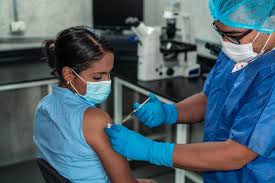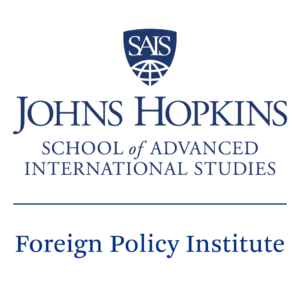By Zubin Eimen
The Covid-19 pandemic dramatically transformed our lives, leading to millions of deaths and reordering societies all around the world. From the masks we wore every day, to the virtual meetings and classes we attended, to the limited capacity and social distancing guidelines we followed, to the many loved ones we could not see in-person, the pandemic will forever be remembered as a defining moment in our history.
First detected in China in early January 2020 as a novel coronavirus, COVID-19 has infected more than 209 million people worldwide and caused some 4.4 million deaths. The United States, India, and Brazil have been the hardest hit nations in the world, both in terms of total cases and total deaths. When looking at deaths per capita, however, Peru is at the top of the list along with several European countries such as Hungary and the Czech Republic.
In December 2020, a glimmer of hope was brought onto the world as the United Kingdom became the first nation to officially approve a COVID-19 vaccine for widespread use with the Pfizer-BioNtech vaccine. The United States soon followed suit, rolling out the same vaccine, along with the Moderna and Johnson & Johnson vaccines shortly after. All three of these vaccines, as well as Oxford-AstraZeneca, have been approved and distributed throughout much of the world. Russia and China have developed, approved, and distributed their own vaccines as well.
Though the world still faces tremendous challenges, from post-Covid economic recoveries to the rise of variants that challenge vaccines and re-openings, in many parts of the world we are finally beginning to witness a re-emergence to some level of normalcy. As nations all across the world steadily increase their vaccination efforts, as well as administer more effective therapeutics, it is a good time to look at the progress we have made.
There are many hurdles that can go into trying to get people vaccinated within a specific region, including limited available resources, distribution inefficiency, and vaccine hesitancy. For example, although the United Kingdom and the United States were two of the first nations to approve COVID-19 vaccines, and have had profound distribution efforts, they are both not in the top ten of percentage of population vaccinated.
When looking at the percentage of the population vaccinated within continents, Europe and North America dominate this list. Many of the low-income countries in Asia, Africa, and South America have yet to make significant strides with the limited supplies currently available to them. The international community has pledged equitable access to COVID-19 vaccines will eventually be achieved, however, through the worldwide initiative called COVAX.
Here are the current Top Ten nations and Top Six continents by percentage of population fully vaccinated:
| Country | % Population Fully Vaccinated |
| 1. Iceland | 74.8 |
| 2. United Arab Emirates | 73.0 |
| 3. Singapore | 71.3 |
| 4. Uruguay | 69.3 |
| 5. Qatar | 66.3 |
| T-6. Belgium | 66.0 |
| T-6. Denmark | 66.0 |
| 8. Portugal | 64.8 |
| 9. Canada | 64.2 |
| 10. Spain | 63.7 |
*Excludes small islands, nations, and territories; U.S. #27 (50.4%)
| Continent | % Population Fully Vaccinated |
| 1. Europe | 44.04 |
| 2. North America | 39.95 |
| 3. Asia | 24.60 |
| 4. South America | 24.58 |
| 5. Oceania | 15.66 |
| 6. Africa | 2.20 |
Sources:
https://www.cnn.com/interactive/2021/health/global-covid-vaccinations/
https://ourworldindata.org/covid-vaccinations?country=
https://www.who.int/initiatives/act-accelerator/covax


